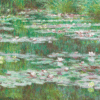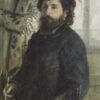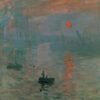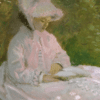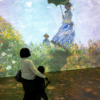
Monet and His Muse: The Story of Claude Monet and Camille Doncieux
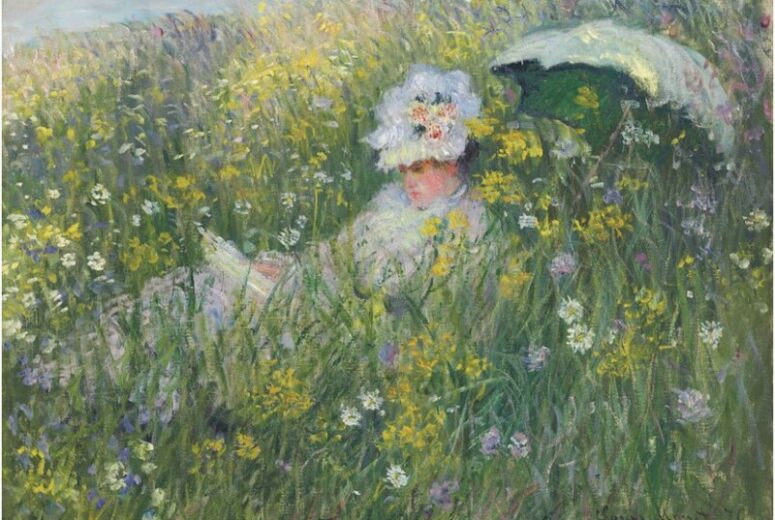
Source: Wikimedia Commons
June 28 marks the wedding anniversary of Claude Monet and Camille Doncieux, a couple whose relationship was as captivating and complex as Monet’s art. Married in 1870, Camille played an integral role in Monet’s life and work, becoming both his muse and his first wife. Their relationship was fraught with challenges, including familial disapproval and financial hardship, yet it remained a source of profound inspiration for Monet.
The Meeting of Monet and Camille
Claude Monet met Camille Doncieux in the late 1860s when she began modeling for him. Camille, born in 1847, was a beautiful and supportive presence in Monet’s life, often appearing in his paintings. Their connection was immediate and intense, leading to a romantic relationship that defied societal expectations. Despite the disapproval of Monet’s family, particularly his father, they pursued their life together, driven by love and mutual respect.
Camille as Monet’s Muse
Camille Doncieux’s influence on Monet’s work is undeniable. She appeared in many of his early masterpieces, helping to define his artistic vision. One of the most famous paintings featuring Camille is “Woman with a Parasol” (1875), also known as “Madame Monet and her Son,” where she is depicted standing in a field, elegantly holding a parasol with her dress billowing in the wind. This painting is celebrated for its vibrant depiction of light and movement, showcasing Monet’s developing Impressionist style.
Another notable work is “The Woman in the Green Dress” (1866), a portrait of Camille that highlights her beauty and grace. “Springtime” (1872) is yet another example of how Monet’s love and admiration for Camille were seamlessly woven into his art. These paintings are not just artistic achievements but also intimate portrayals of their connection as a couple.
A Life of Struggle and Triumph
The early years of their relationship were marked by poverty and struggle. Monet and Camille lived in near destitution, often relying on the kindness of friends and fellow artists. Despite these hardships, Camille remained a steadfast partner, supporting Monet through his periods of doubt and depression.
Their fortunes began to change as Monet’s work gained recognition and commercial success. However, their happiness was short-lived. Camille’s health deteriorated after the birth of their second son, Michel, in 1878. She suffered from serious health problems (historians think it may have been tuberculosis and possibly cancer), and in 1879, at the age of 32, Camille passed away.
Monet’s grief over Camille’s death was profound. He painted her on her deathbed in “Camille Monet on Her Deathbed” (1879), capturing the haunting beauty of his beloved wife in her final moments. This painting is a testament to the deep emotional connection they shared and remains one of the most poignant works in Monet’s oeuvre.
Beyond Monet: A Family-Friendly Experience
As we approach Monet and Camille’s wedding anniversary, Beyond Monet offers a unique opportunity to explore the profound impact of Camille Doncieux on Monet’s art. The exhibit, perfect for a family-friendly outing, provides an immersive experience that brings Monet’s paintings to life through cutting-edge projection technology. Visitors can witness the evolution of Monet’s work and the indelible mark Camille left on his art. Whether you’re an art enthusiast or simply looking for a meaningful way to spend time with family, Beyond Monet is an excellent choice. It’s a chance to step into the world of one of history’s greatest artists and appreciate the love story that inspired so many of his masterpieces.
Sources
- The Metropolitan Museum of Art – Claude Monet
- The Art Institute of Chicago – Monet and Impressionism
- Van Gogh Museum – The History of Impressionism
Brush Up On Monet
Sign up for our newsletter and be the first to know about announcements in your area. As a subscriber, you will get exclusive presale access and discount offers.










